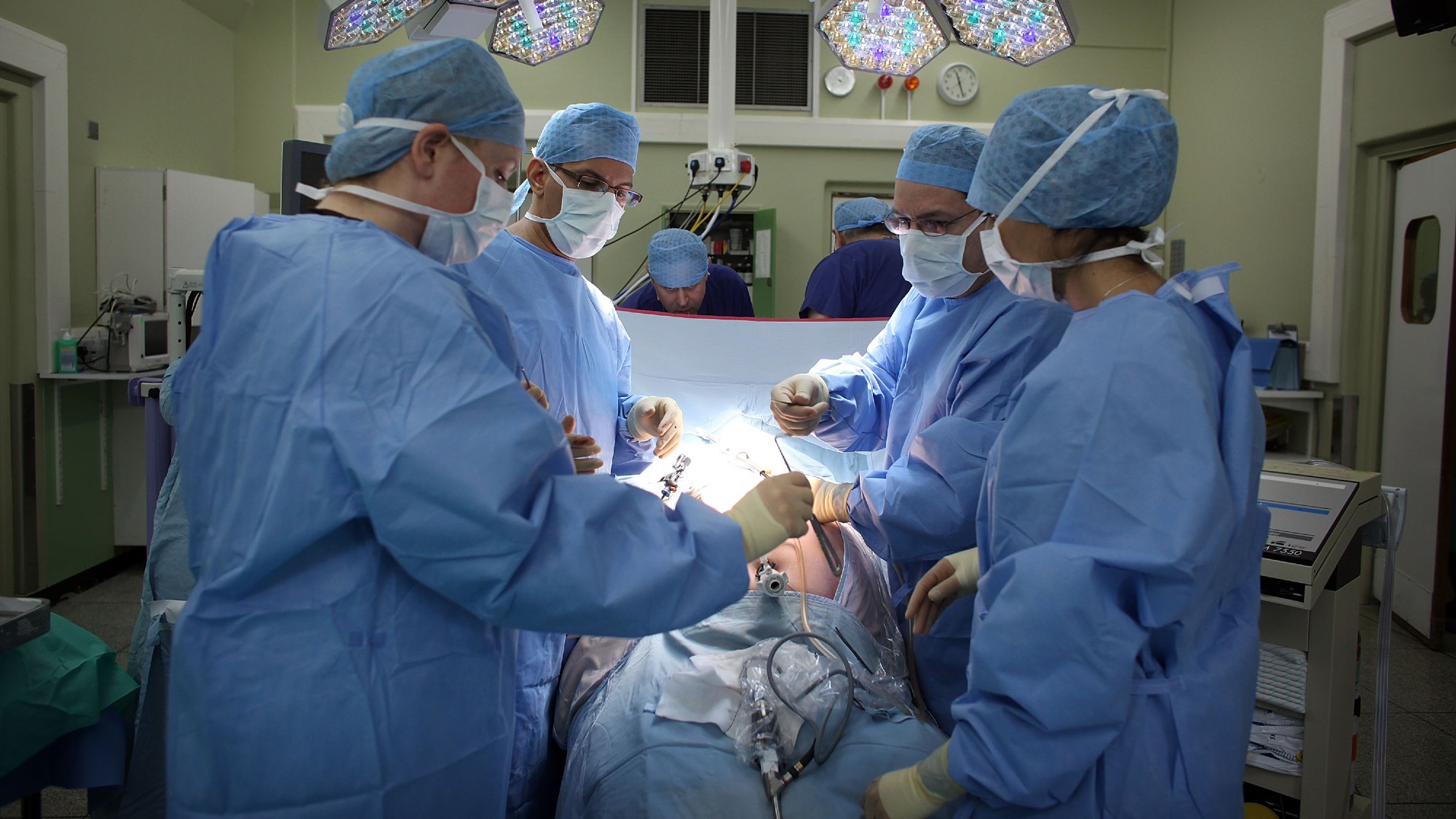Gross but effective: How fecal transplants trump traditional antibiotics
New research suggests that the best way to fight off a nasty, reoccurring stomach infection is to use someone else's stool

Clostridium difficile, as its name suggests, is an incredibly stubborn and nasty bacterium. The gut infection causes severe diarrhea and dehydration in patients and is capable of swiftly spreading through entire hospitals from a single nurse's contaminated hand. In one particularly deadly C. difficile outbreak at St. Catharine's hospital in Ontario in 2011, some 15 patients ended up dead.
The bacterium's unique ability to aggressively flourish is just a small part of what makes C. difficile so dangerous. In fact, it's the infection's resistance to traditional antibiotics, like fluoroquinolone and ciprofloxacin, that makes it incredibly difficult to stop it from spreading. When C. difficile infects a patient, it sets out to eradicate the helpful flora living naturally in the gut, flooding the colon with toxins that cause bloating and inflammation. Even after patients are "cured" with antibiotic treatments, roughly 20 percent of them suffer relapse, or worse, recurring attacks.
Good news is on the way. Doctors in the Netherlands report in The New England Journal of Medicine that fecal transplants, which until recently were used only sparingly, have proven to be extremely effective in fighting off C. difficile. According to The New York Times, introducing another person's feces into the gut cured 15 of 16 patients with recurring infections, while antibiotics given to two test groups cured only three of 13 and four of 13 people, respectively.
The Week
Escape your echo chamber. Get the facts behind the news, plus analysis from multiple perspectives.

Sign up for The Week's Free Newsletters
From our morning news briefing to a weekly Good News Newsletter, get the best of The Week delivered directly to your inbox.
From our morning news briefing to a weekly Good News Newsletter, get the best of The Week delivered directly to your inbox.
What is a fecal transplant? (Now might be a good time to stop reading if you're squeamish or eating.) It's exactly what it sounds like. Doctors take another person's healthy stool, dilute it slightly with a liquid like salt water, then pump the mixture into the patient's intestinal track with an enema. This replenishes the thousands of "good" bacteria that C. difficile has wiped out, equipping the gut with the firepower it needs to effectively fight off the infection.
Recipients seem largely pleased with the results — at least when they get over the treatment's disgusting premise. Melissa Cabral, 34, of Dighton, Mass., at first rejected the procedure, but finally caved last November after losing 12 pounds and finding herself regularly doubled over in pain. Now, she couldn't be happier. "If I didn't do it, I don't know where I'd be now," she told the Times.
A free daily email with the biggest news stories of the day – and the best features from TheWeek.com
-
 How music can help recovery from surgery
How music can help recovery from surgeryUnder The Radar A ‘few gentle notes’ can make a difference to the body during medical procedures
-
 Nursing is no longer considered a professional degree by the Department of Education
Nursing is no longer considered a professional degree by the Department of EducationThe Explainer An already strained industry is hit with another blow
-
 6 gripping museum exhibitions to view this winter
6 gripping museum exhibitions to view this winterThe Week Recommends Discover the real Grandma Moses and Frida Kahlo